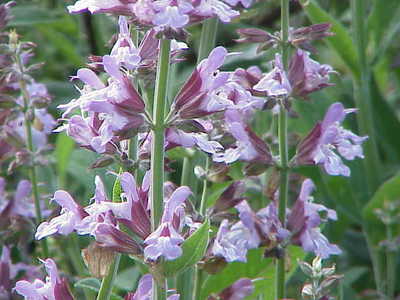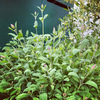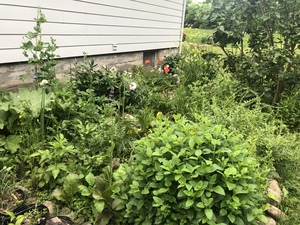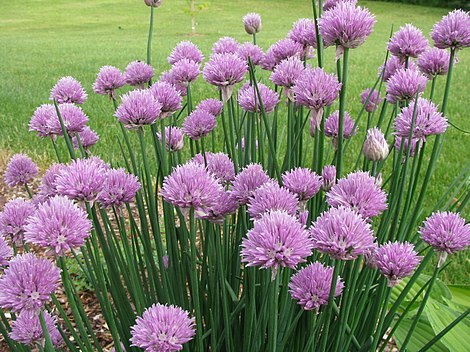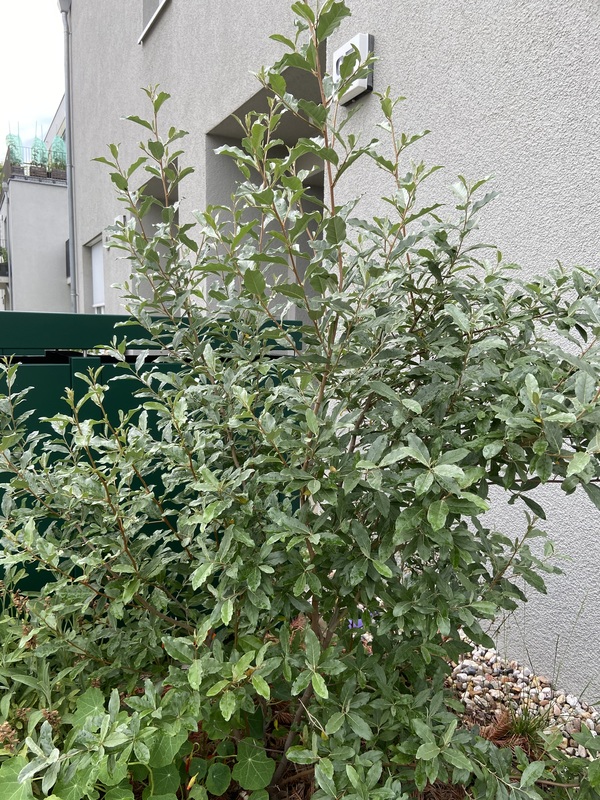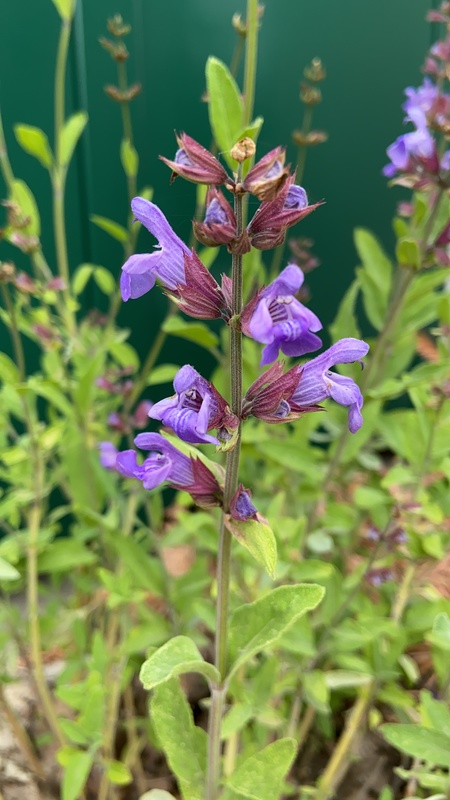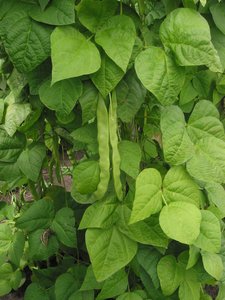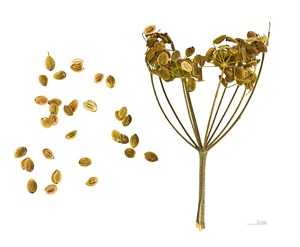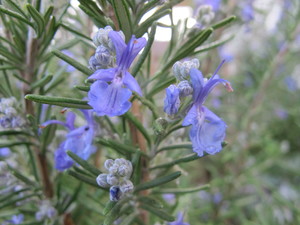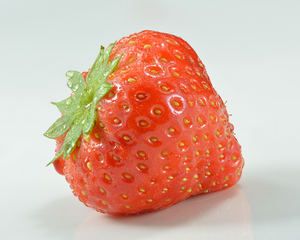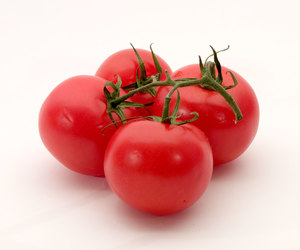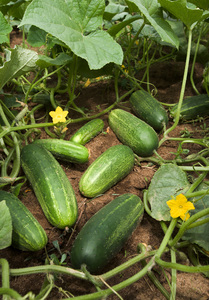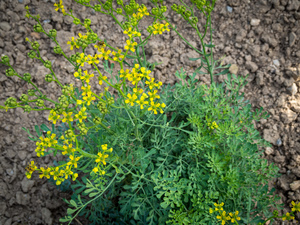Description
Sage is a perennial herb native to the Mediterranean region. It has woody stems with gray-green leaves that are typically 2-4 inches long and have a soft, velvety texture. The flowers of sage are small and typically blue or purple, although they can also be white or pink. Sage grows to a height of about 2-3 feet and has a spreading habit.
Sage prefers well-drained, sandy soil and full sun, and is drought-tolerant once established. It is winter hardy in most climates, but may need to be protected in very cold regions. To cultivate sage successfully, it is important to prune the plant regularly to promote new growth and prevent the plant from becoming woody.
The leaves of sage are edible and have a strong, savory flavor. They can be used fresh or dried and are often used in dishes such as stuffings, sausages, and marinades. The leaves can also be stored for later use by drying them and storing them in an airtight container.
Sage has a number of uses beyond its culinary value. It has traditionally been used for its medicinal properties, and is said to have antibacterial and anti-inflammatory effects. It is also often used as a fertility herb and is said to promote lactation in nursing mothers. Sage can also be used as a natural insect repellent and as a mulch to suppress weeds.
Sage is valued by wildlife for its nectar, which attracts bees and other pollinators. It is also an important host plant for the larvae of several species of butterflies and moths. In addition, the leaves of sage can be used as a natural insecticide to control aphids and other garden pests.
In humid zones above 9 it might be only possible to grow as an annual.

